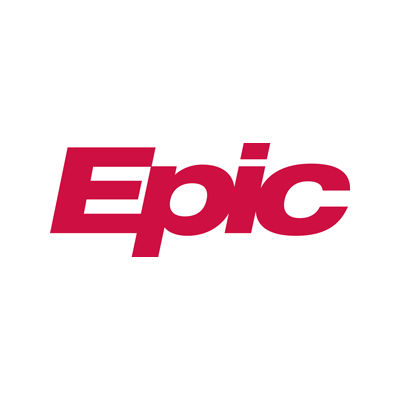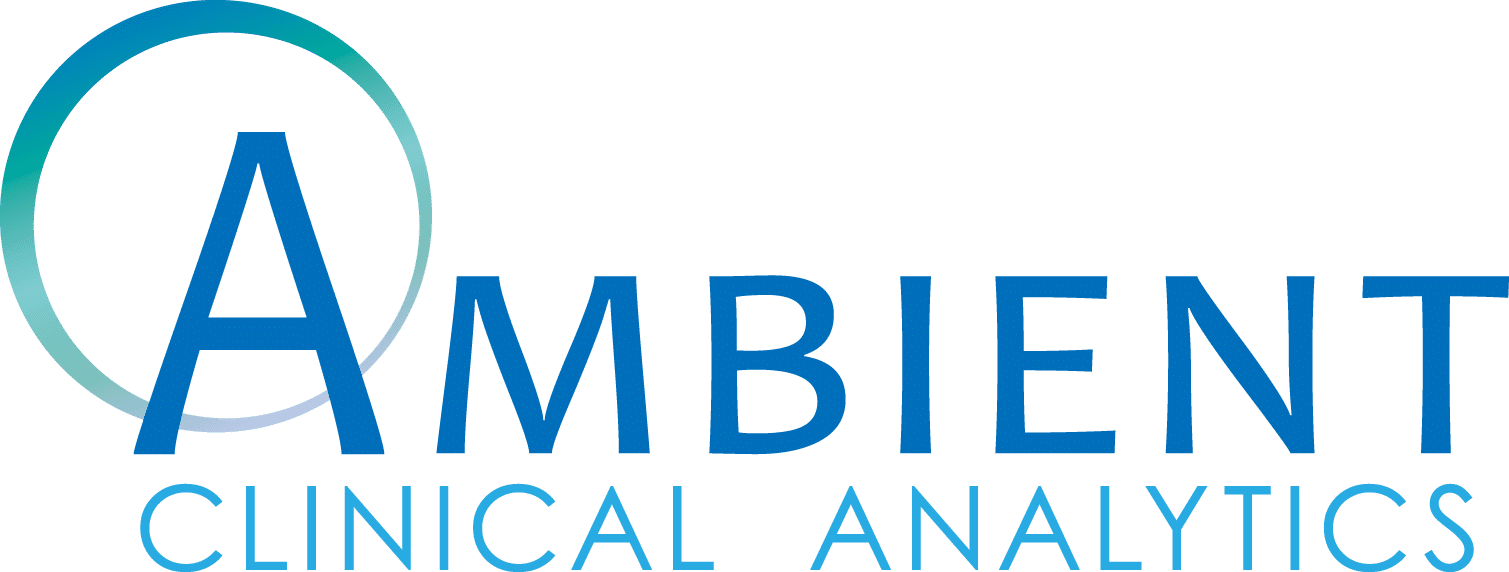Medical Informatics Corp.’s (MIC) mission is to deliver next-generation technologies to unify patient monitoring workflows for healthcare systems. MIC’s decade of innovation with its clinical platform, Sickbay, integrates over 30,000 vendor-neutral signals on two percent of hospital beds with over 10,000 clinical users in the United States. Most hospital systems lack native resolution data aggregated through a single source, instead deploying a multi-device strategy that silos data and data access time frames. The Sickbay Clinical Platform stands alone as the only FDA-cleared platform to aggregate time-series waveform data across disparate devices at native resolution. Current bedside devices delete data on average after 72 hours, while Sickbay saves the data indefinitely. Sickbay provides a portal through which care providers can review aggregated, time-synchronized data, annotate it, and collaborate to create algorithms (including ML & AI) and evaluate post-event care. Those algorithms and care models can then be reintroduced into the platform to advance care and innovation. Simply put, Sickbay provides the hospital teams their data from anywhere, anytime, to optimize workflows, analysis, and risk stratification across the patient care spectrum. The diverse team at MIC is fundamentally unlocking a blue ocean of new patient monitoring capabilities for ourselves, our partners, and our clients. MIC’s Sickbay saves lives, improves outcomes, streamlines strategy and technologies, and reduces the overall caring cost for hospital patients nationwide.
























